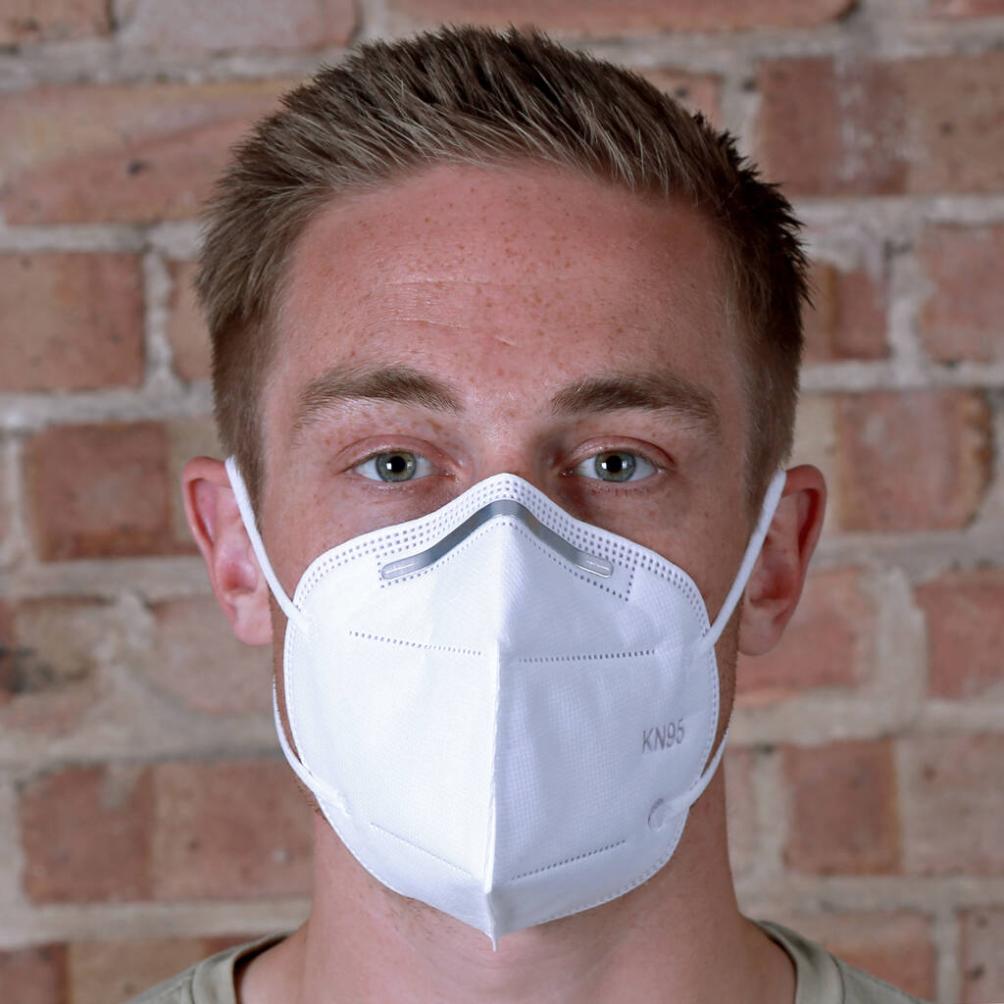What are the Potential Risks of Wearing a KN95 Mask?
KN95 masks have become a common sight in recent years, especially during the COVID-19 pandemic. While these masks are effective in filtering out particles and protecting wearers from airborne contaminants, there are also potential risks associated with their use. This article explores the various risks of wearing a KN95 mask and highlights the importance of proper mask use and maintenance to minimize these risks.

Respiratory Issues
Difficulty Breathing
KN95 masks are designed to fit tightly around the face, creating a seal that prevents unfiltered air from entering. However, this tight fit can also restrict airflow, making it more difficult to breathe, especially during physical activity or in hot and humid environments.
Increased CO2 Levels
Prolonged use of a KN95 mask can lead to a buildup of carbon dioxide (CO2) inside the mask. CO2 is a waste product of respiration, and high levels of CO2 can cause headaches, dizziness, and fatigue. In severe cases, excessive CO2 levels can lead to respiratory depression and even death.
Headaches And Dizziness
The combination of restricted airflow and increased CO2 levels can contribute to headaches and dizziness in some individuals. These symptoms are more likely to occur in people with underlying respiratory conditions, such as asthma or chronic obstructive pulmonary disease (COPD).
Skin Irritation And Breakouts
Pressure Points

The tight fit of a KN95 mask can create pressure points on the face, especially around the nose and ears. These pressure points can cause skin irritation, redness, and pain. Prolonged use of the mask can also lead to skin breakdown and the formation of sores.
Acne And Other Skin Conditions
The moist environment inside a KN95 mask can promote the growth of bacteria and fungi, which can lead to acne breakouts and other skin problems. Additionally, the friction between the mask and the skin can irritate the skin and exacerbate existing skin conditions, such as eczema or psoriasis.
Allergic Reactions

Some individuals may experience allergic reactions to the materials used in KN95 masks, such as latex, fiberglass, or certain chemicals. These reactions can range from mild skin irritation to more severe symptoms, such as difficulty breathing or anaphylaxis.
Cross-Contamination And Improper Use
Improper Fitting
Proper fitting of a KN95 mask is essential to ensure effective protection. If the mask is not fitted properly, gaps can occur around the edges, allowing unfiltered air to enter. This can reduce the mask's effectiveness and increase the risk of infection.
Touching The Mask
Frequent touching or adjusting of the mask can contaminate the mask with germs from the hands. This can increase the risk of cross-contamination and infection. It is important to avoid touching the mask while wearing it and to wash hands thoroughly before putting on or removing the mask.
Mask Reuse
KN95 masks are designed for single-use only. Reusing a mask beyond its intended lifespan can compromise its effectiveness and increase the risk of infection. Additionally, reusing a mask can lead to the accumulation of moisture and bacteria, which can cause skin irritation and other health problems.
Environmental Impact
Microplastic Pollution
KN95 masks are made of synthetic materials, such as polypropylene, which can shed microplastic fibers into the environment. These microplastic fibers can pollute waterways and harm wildlife. Additionally, the improper disposal of used KN95 masks can contribute to microplastic pollution.
Waste Disposal
Used KN95 masks are considered medical waste and should be disposed of properly to minimize the risk of infection and environmental harm. However, many people dispose of used masks improperly, such as throwing them in the trash or flushing them down the toilet. This can lead to the spread of infection and the contamination of waterways.
While KN95 masks can provide effective protection against airborne contaminants, there are also potential risks associated with their use. These risks include respiratory issues, skin irritation and breakouts, cross-contamination and improper use, and environmental impact. It is important to use KN95 masks properly, maintain them properly, and dispose of them properly to minimize these risks. Individuals with underlying health conditions or concerns about the risks of KN95 masks should consult with their healthcare provider for personalized advice.
YesNo

Leave a Reply